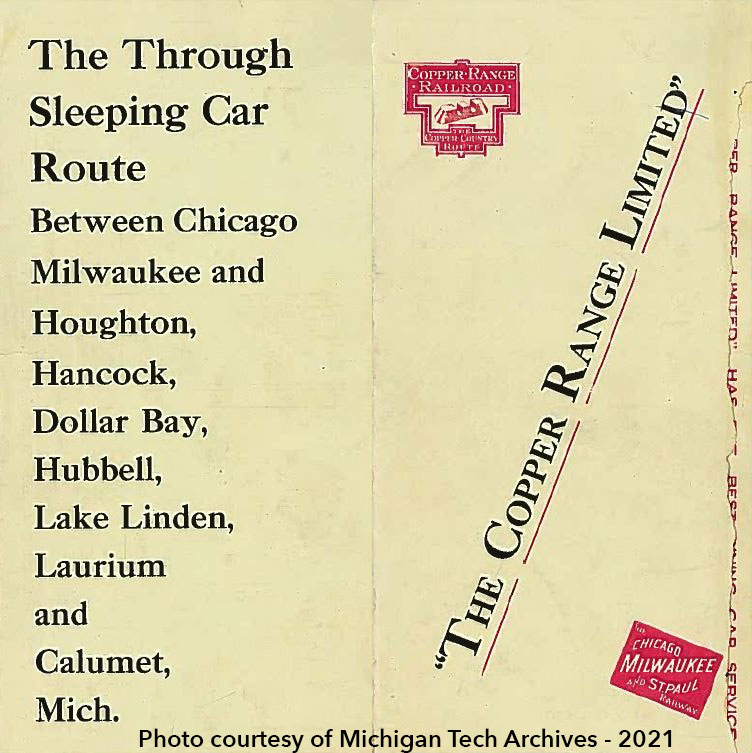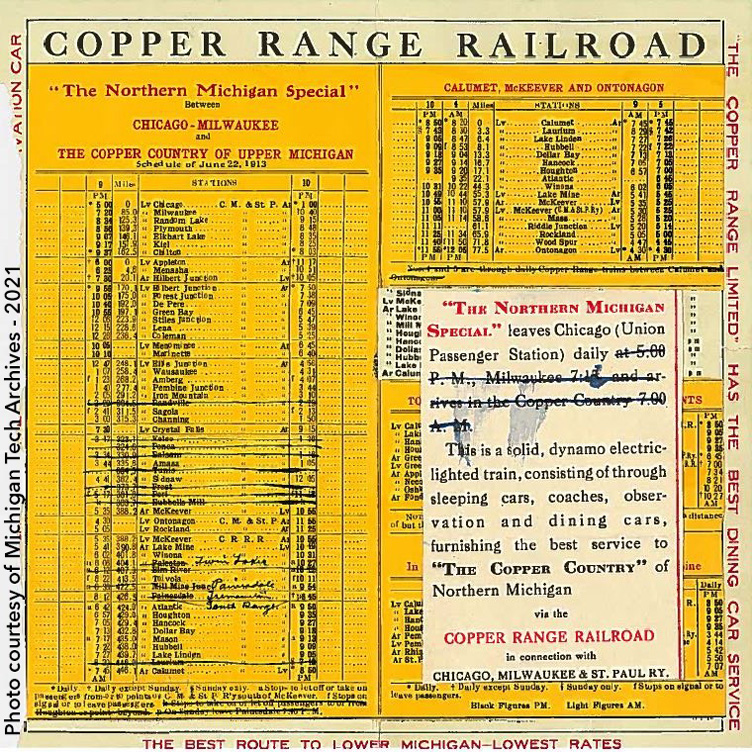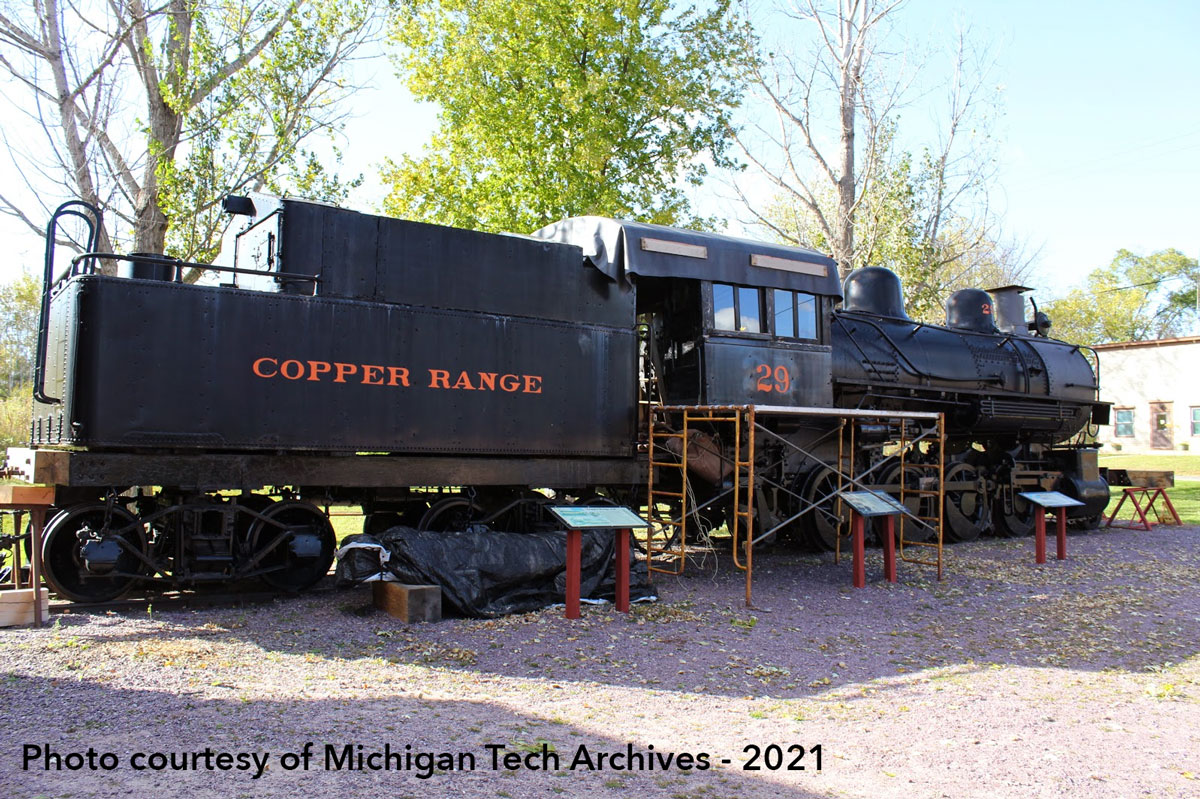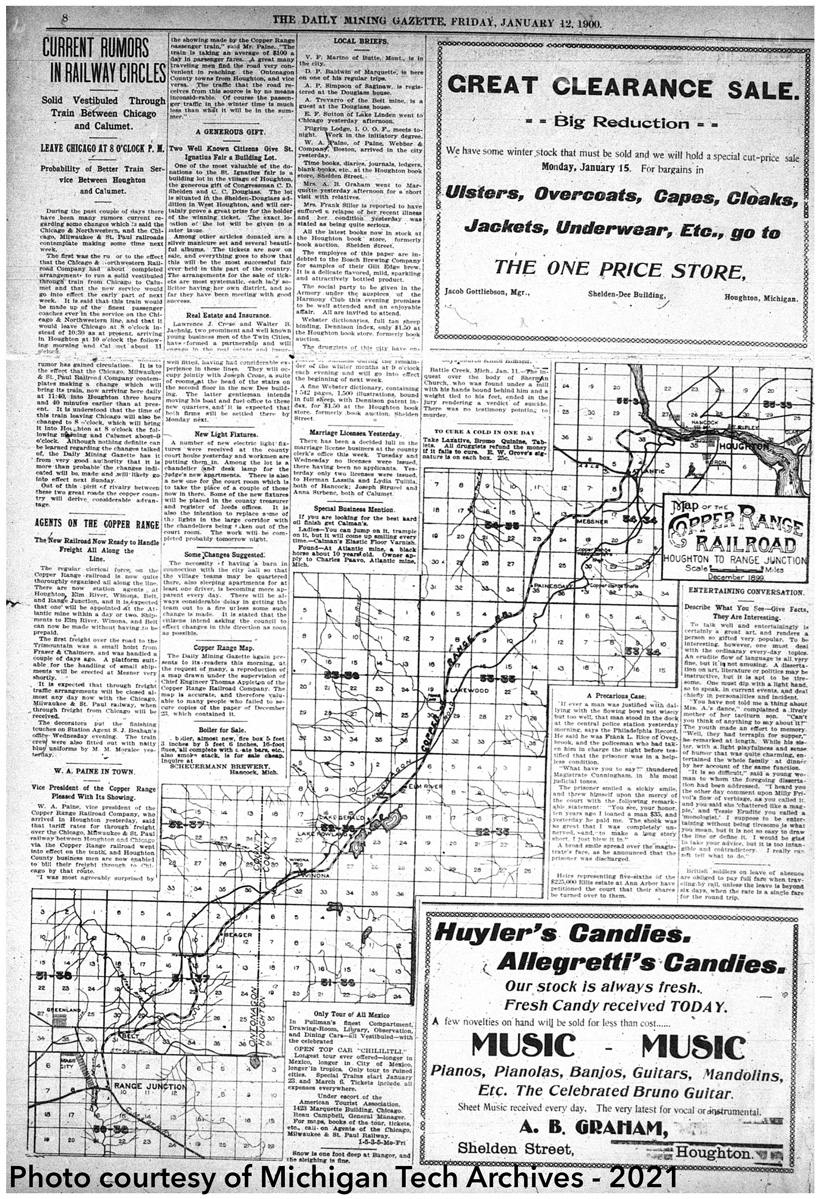
While planning was ongoing for the Calumet extension, work continued on the railroad overall. In early 1901 the Painesdale branch was completed. This opened the main line to the communities of Baltic, Trimountain, and Painesdale.
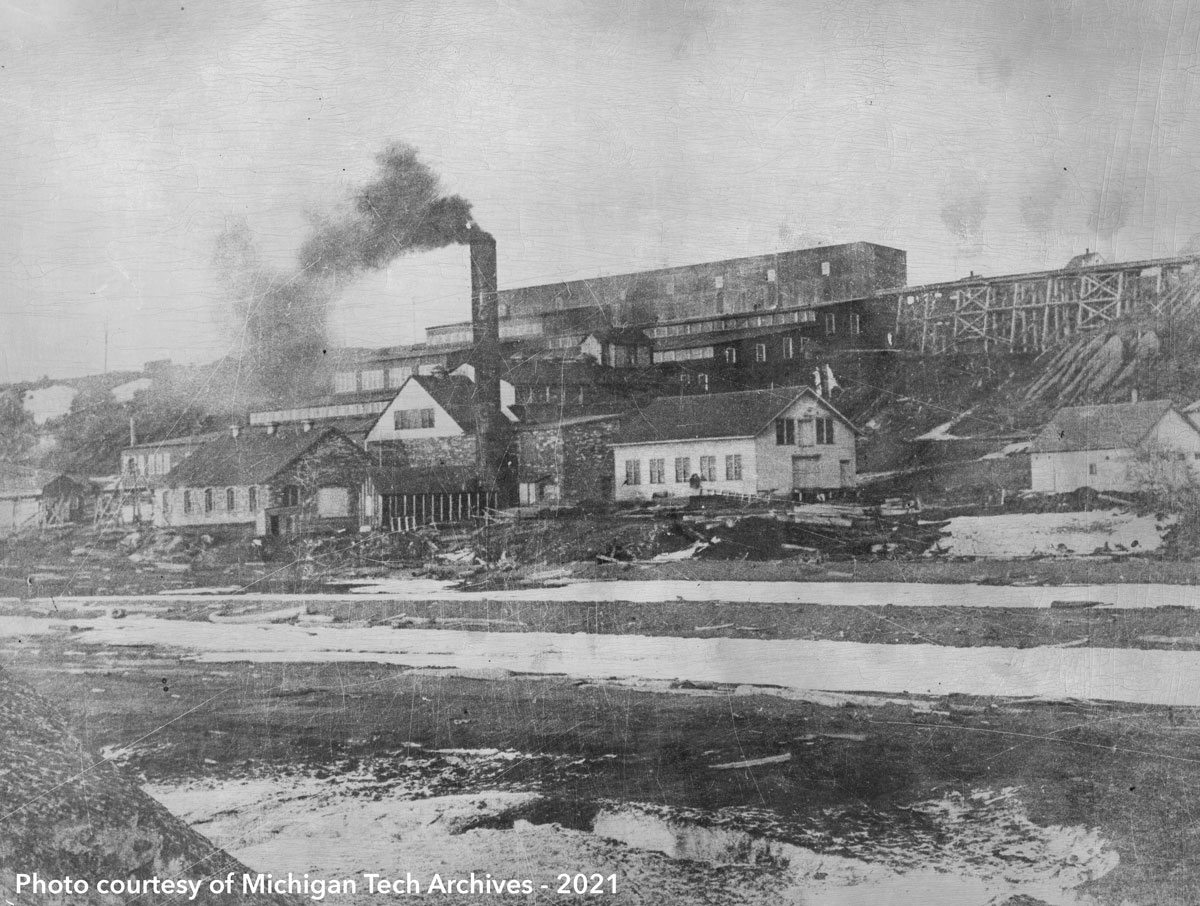
A new timecard was created for this branch to run two daily trains back and forth to Houghton for both freight and passenger traffic. This branch line is perhaps the most important of the expansion lines, as in 1913 it would be extended to become the Painesdale extension that would change the route of the Copper Range Railroad’s main line.
In addition to the completion of the Painesdale branch, the Lakeshore or Freda branch was completed in July 1901. This branch connected the main line to the mills on the shores of Lake Superior.
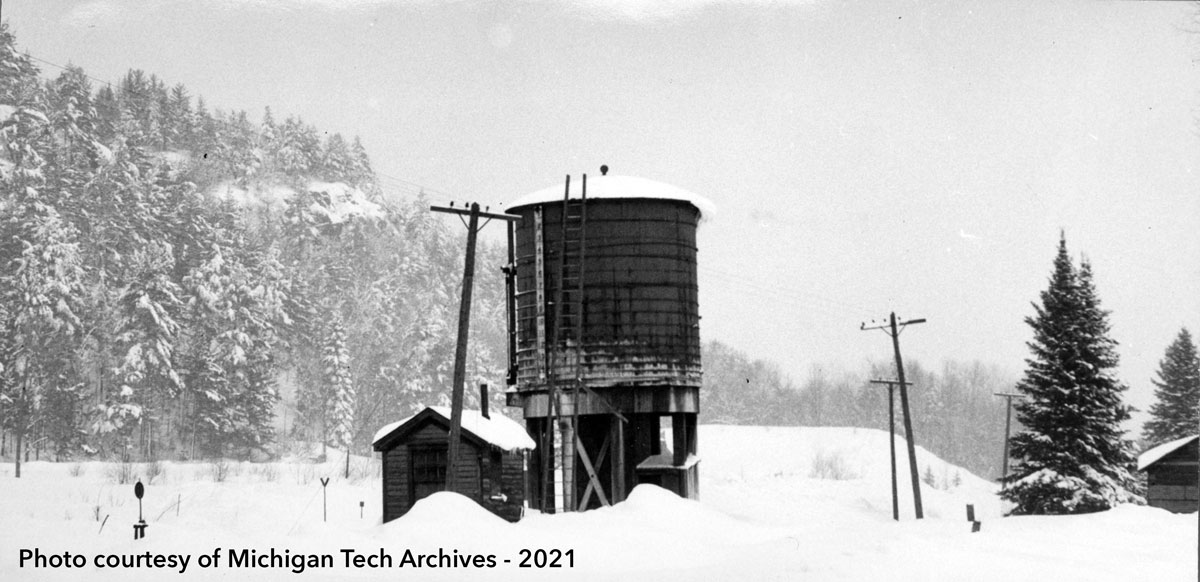
After the expansive formative years , the Copper Range remained successful until the decline of mining began to impact business in the 1920’s. This, in conjunction with the great depression led to the company’s bankruptcy in 1935. What followed was a period of reorganization that ended in 1938 with the help of several loans.
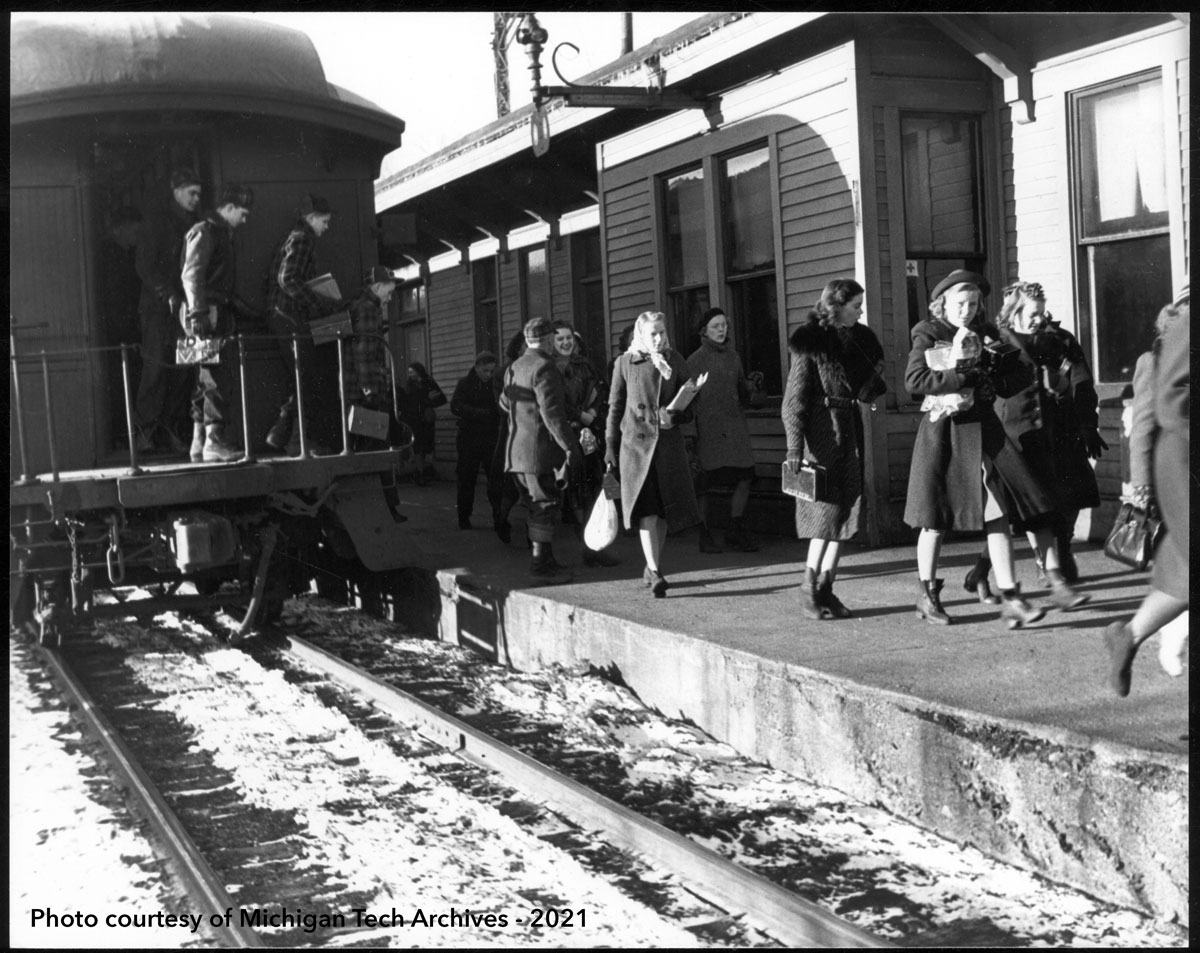
World War II followed this reorganization and provided a boost to business as copper was an important necessity to the war effort. The end of the war brought another period of decline to the railroad despite the best efforts of those involved. The year 1972 saw the last train run on the only remaining main line, followed by the dissolution of the company in 1980.
Early Safety on the Copper Range
Like many industrial era business ventures, railroad work was strenuous and dangerous. Many small injuries took place. Some documented injuries from the middle years of the line:
- April 17th 1926, Waino Koskinen's right leg was amputated when he fell under a train, attempting to board a moving freight train. He passed away from his injuries.
- Calix Neveau received a concussion and lacerations after he was struck on the track in September 1928.
- Matt Manninen was a trespasser found dead on the track at Mill Mine on April 17th, 1939.
- Peter Pinten was severely injured after being struck by a coal chute and falling to the ground from the top car. He suffered a fractured hip, date unknown.
Bill Nichols Snowmobile Trail
Despite the disappearance of the railroad from the Copper Country, it left a lasting mark on the area through the dedication of the Bill Nichols snowmobile trail in February of 1975. Named after long time board member and president of the Copper Range Company, the trail provides a modern day connection to the history of the railroad industry in the Keweenaw. The trail itself follows the mainline of the Copper Range Railroad Company, as it would have existed post 1914. Among notable landmarks it traversed was the Firesteel River Bridge that was constructed with the mainline in 1899.
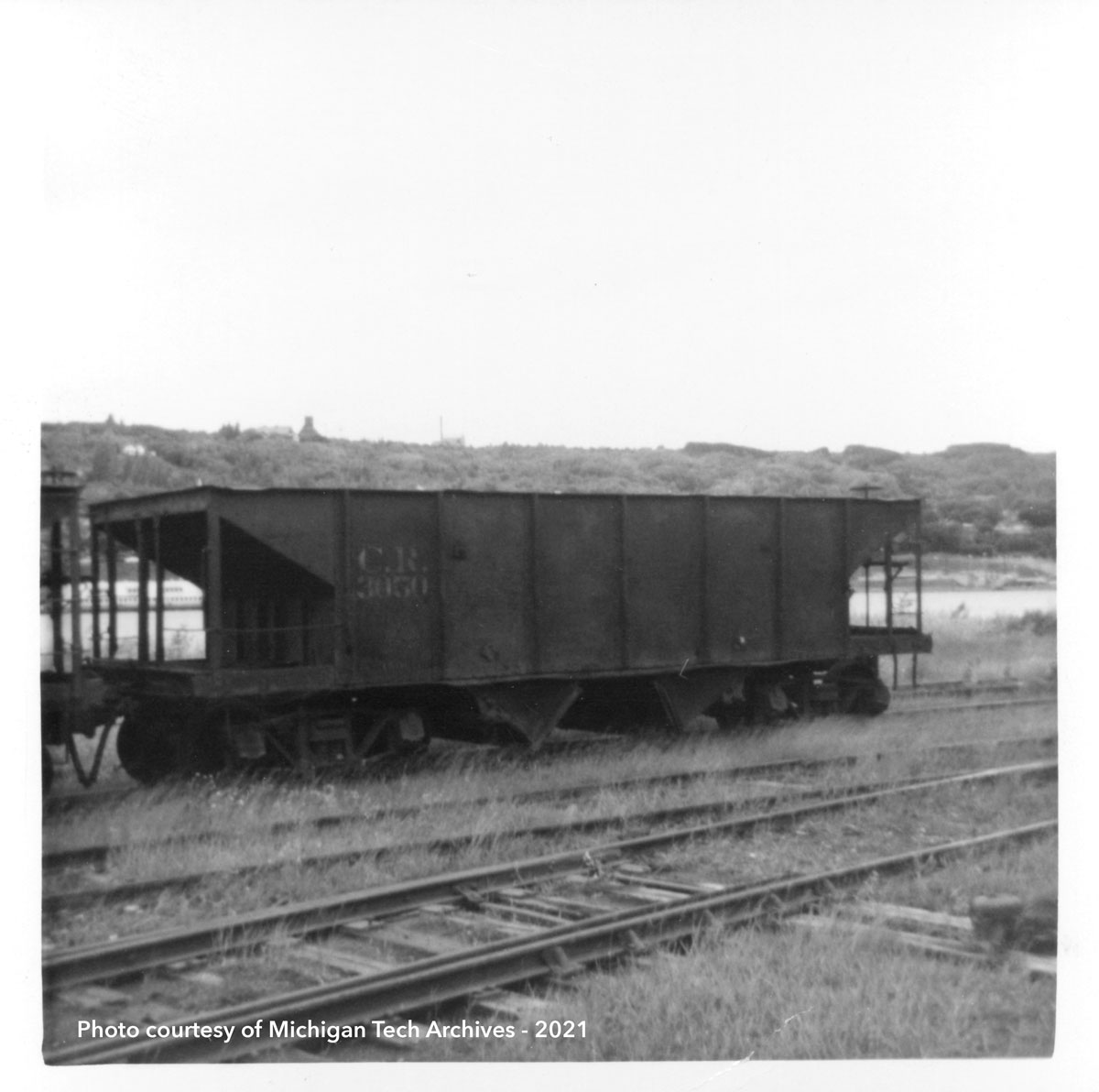
Copper Range 29
In the late 1940s the incorporation of diesel electric locomotives reached the Copper Range Railroad. Due to the lower operating costs of diesels, the railroad decided to purchase new diesels to replace their aging steam fleet. This process led to the demise of many steam locomotives in the scrapyards. In fact, all but one locomotive of the Copper Range fleet met its end in the scrapyard; Copper Range #29 is the lone survivor. The #29 served as a backup locomotive as well as an eventual tourist train for the Keweenaw Central Railroad from 1967 until 1972. However with the dissolution of the Copper Range Railroad, and the removal of its track, the locomotive no longer served any purpose and was left sitting outside at the Quincy Smelter until 2004. It was at this point that the locomotive was acquired by the Mid-Continent Railway Museum, located in North Freedom, Wisconsin. In order to move the locomotive it was taken apart on site and transported by truck to the museum. Once there it underwent substantial cosmetic work in order to be displayed along with the other Copper Range cars acquired and restored by the museum. The locomotive is on display to this day.
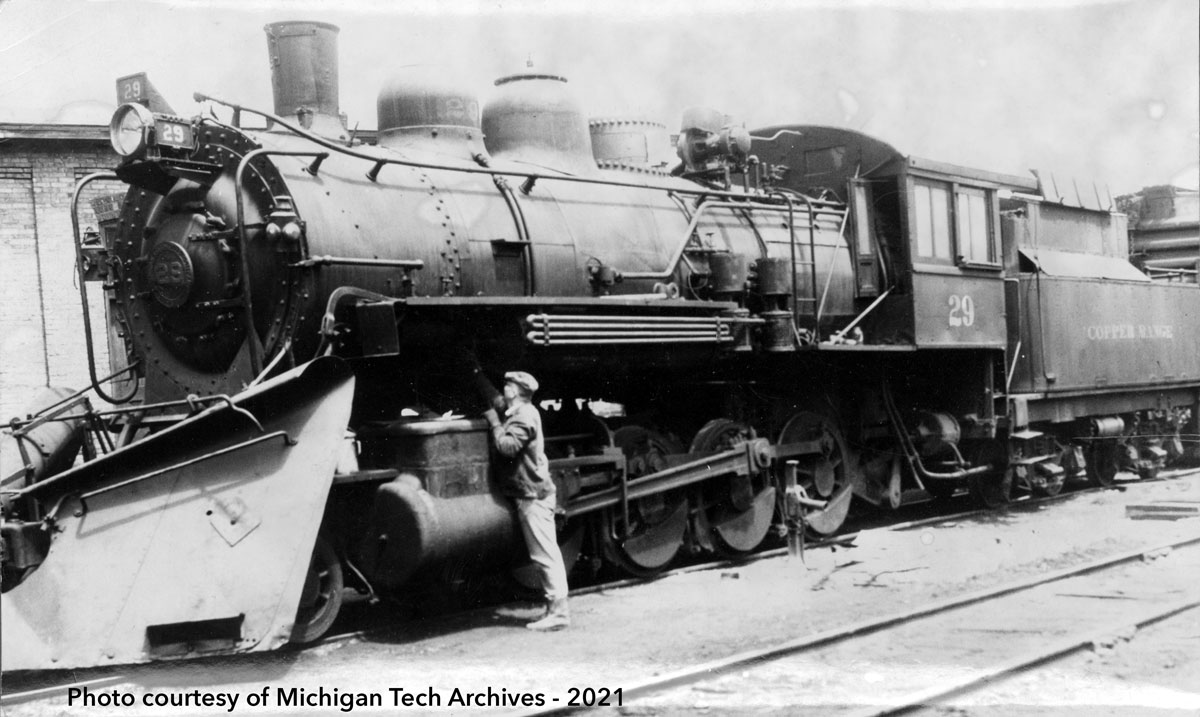
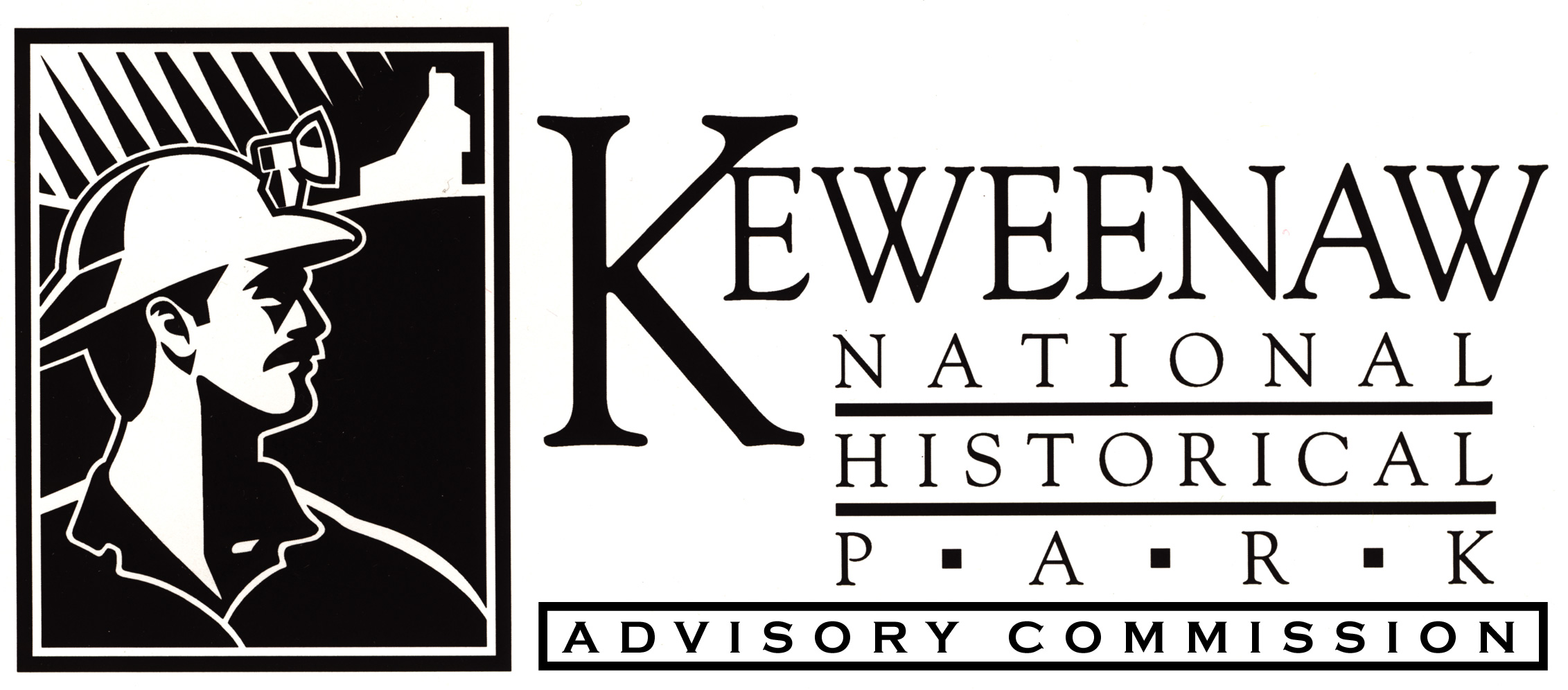 |
 |

